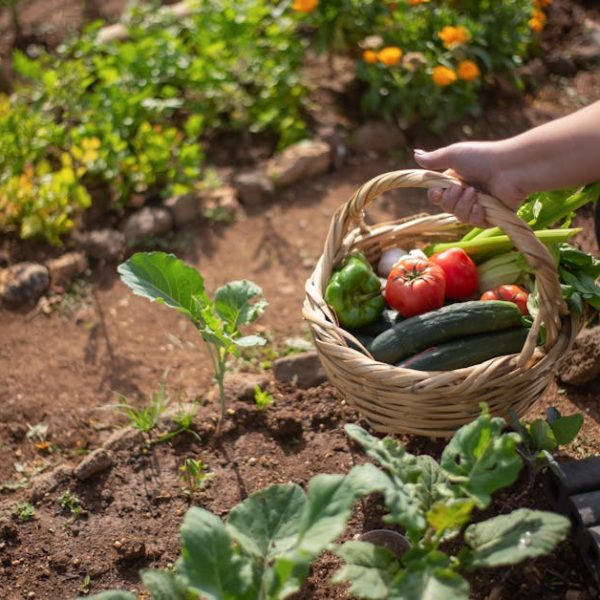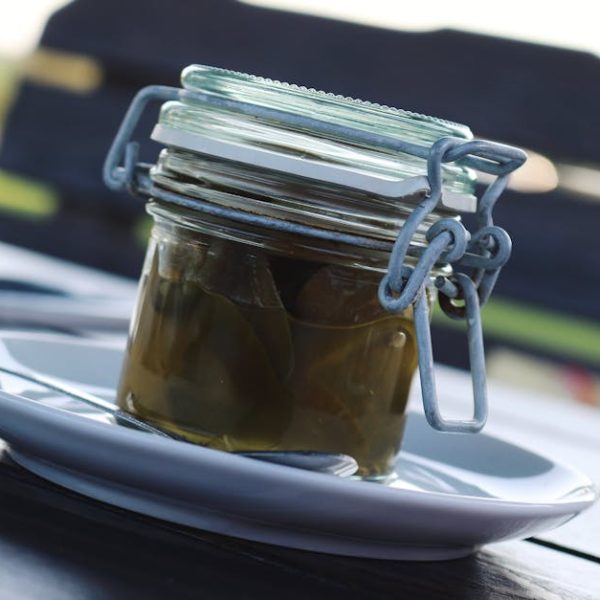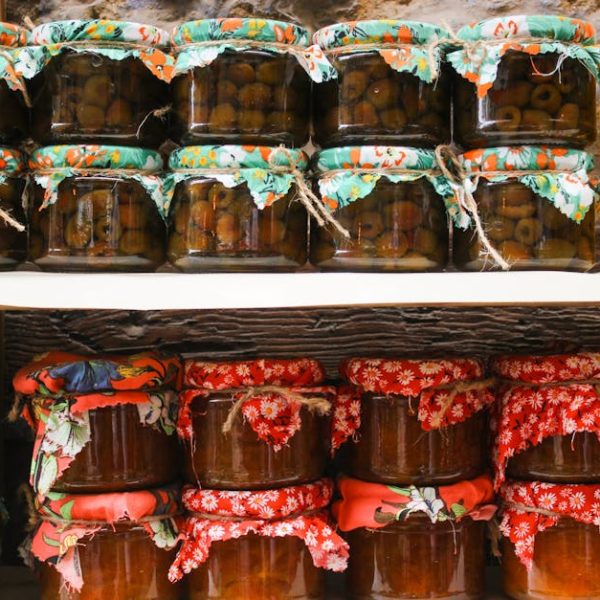Canning spaghetti squash not only maintains its fresh taste, but also substantially extends its shelf life. Originating from a time without refrigeration, canning as a method of food preservation has stood the test of time for its efficiency and convenience. Spaghetti squash, owing to its sturdy texture and flexible flavor, is an exemplary candidate for this homesteading tradition.
The Basics of Squash Canning
Canning spaghetti squash is not just a craft born from the necessity of pre-refrigeration days. It’s also a strategy for long-term storage that offers impressive health benefits. When fresh, spaghetti squash is high in vitamins and minerals like Vitamin C, Vitamin B6, and potassium. Canning helps retain these nutrients for longer, making the squash a nutrient-dense addition to your pantry. Canning also gives you the flexibility of having this wonderful vegetable on hand year-round.
- Canning maintains and sometimes even enhances the nutritional content of the vegetable.
- It allows you to enjoy spaghetti squash even when it’s not in season.
- It helps reduce food waste by extending the shelf life.
The first rule on the journey of canning spaghetti squash is how to prepare it. Remember, a well-prepared vegetable will retain its goodness longer and will result in consistently tastier recipes.
Choosing and Preparing Spaghetti Squash for Canning
Picking the right squash is key to successful canning. Look for spaghetti squash with even, yellow skin and no spots or bruises. It should be heavy for its size, indicating it has a high water content, which is essential for successful canning.
- Ensure the squash is ripe but not overripe.
- Check for consistent skin color without any dark spots or bruises.
- It should feel dense and heavy in your hand.
Here’s a handy tip for you: Before you prepare your squash for canning, make sure to clean it thoroughly and blanch it. Blanching helps kill off any bacteria, yeast, or mold that could spoil your canned squash.
The Canning Process of Spaghetti Squash
Canning spaghetti squash is a bit different from canning other types of vegetables, primarily because it requires the use of a pressure cooker. Pressure canning ensures safe food preservation by heating up to a high enough temperature to kill any harmful bacteria.
- Pros of Pressure Canning: Ensures high-degree heat distribution for uniform cooking and sterilization.
- Cons of Pressure Canning: May lead to mushy texture if not done right.
Even a beginner can master pressure canning by following these simple steps: sterilize the canning jars and lids, fill the jars with the right amount of squash and top it with boiling water, screw on the lids, and process in a pressure canner.
In the next segment, we’ll take a closer look at how to store and use your canned spaghetti squash effectively.
Guideline for Storing Canned Spaghetti Squash
After successfully canning your spaghetti squash, proper storage becomes paramount. Correctly stored canned spaghetti squash can last for up to a year without losing its quality, making it a valuable addition to your pantry.
- Store canned spaghetti squash in a cool, dry and dark place.
- Keep the jars upright to ensure a proper seal.
- Regularly check the jars for signs of spoilage like bulging, leakage, or any odd smells.
And now, for a storage pro tip: Keep your canned spaghetti squash in a cool, dark place and away from direct sunlight. These conditions help maintain the quality and prolong the shelf life of canned foods.
Using Canned Spaghetti Squash in Recipes
Canned spaghetti squash can be a wonderful staple in your kitchen as it’s versatile and can be used in a wide range of dishes. However, it’s important to note that the texture and taste of canned squash might be slightly different from fresh squash.
- Make a quick and easy spaghetti squash casserole.
- Toss it in a salad for an added crunch.
- Blend it into a creamy soup for a comforting meal.
Rolling out the last pro tip: Don’t hesitate to use canned spaghetti squash in your favorite recipes. Due to the canning process, it’s already cooked and can considerably cut down the preparation time of your meals.
In summary, canning spaghetti squash can indeed be a smart and practical step. So, next time you have more squash than you can use, don’t let it go waste. Try canning it and enjoy your own squash delicacies all year round!
Key Takeaway:
- Canning helps to retain and even enhance the nutritional properties of spaghetti squash, it also allows enjoying this vegetable out of season.
- When preparing for canning, choosing the right squash for canning is crucial. It should be ripe with consistent skin color and heavy in weight.
- The pressure canning process though advantageous can lead to a mushy texture if not monitored carefully.
- Proper storing of canned spaghetti squash can extend its shelf life for up to a year.
- Canned spaghetti squash is versatile and an excellent addition to various recipes. However, the texture and taste may vary from that of fresh squash.
Homesteading practices like canning have endured the test of time due to their utility and convenience. Whether you’re new to canning or an expert homesteader, these tips can ensure you make the best out of your spaghetti squash harvest. Remember, canning is about usability, longevity, and above all, relishing the fruits (or in this case, vegetables) of your labor off-season.
FAQs
Q: Does canning spaghetti squash change its nutritional value?
A: No, canning actually helps to retain and sometimes even enhance the nutritional content of spaghetti squash.
Q: How to tell if a spaghetti squash is ripe enough for canning?
A: A ripe squash will have a consistent, yellow skin color without any dark spots or bruises. It should also feel heavy for its size.
Q: Can I use a traditional stove-top pressure cooker for canning spaghetti squash?
A: Yes, a traditional stove-top pressure cooker can be used for canning spaghetti squash.
Q: What is the shelf life of canned spaghetti squash?
A: When properly stored, canned spaghetti squash can last up to a year without losing its quality.
Q: Can canned spaghetti squash be used in any recipe?
A: Yes, canned spaghetti squash is quite versatile and can be used in a wide range of recipes. However, bear in mind that its texture and taste might slightly differ from fresh squash.
Feel free to share this article with your community who could benefit from these food preservation tips and explore more posts on our website for a host of insightful content.






